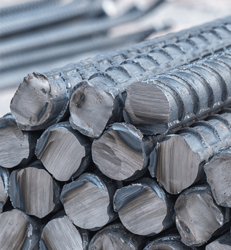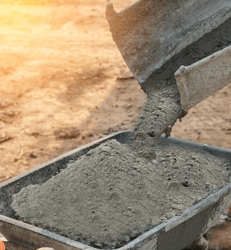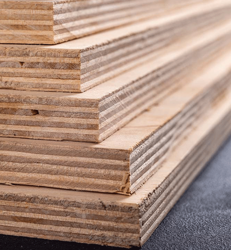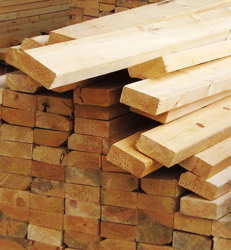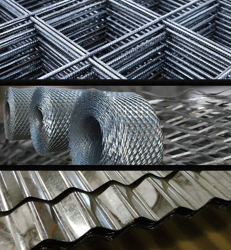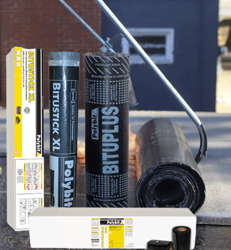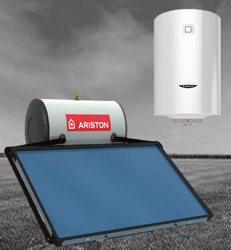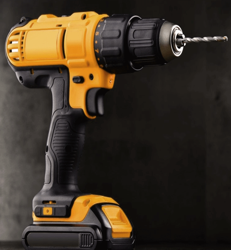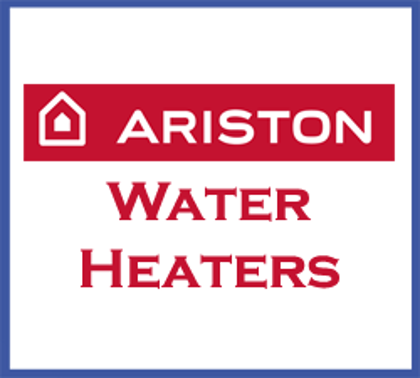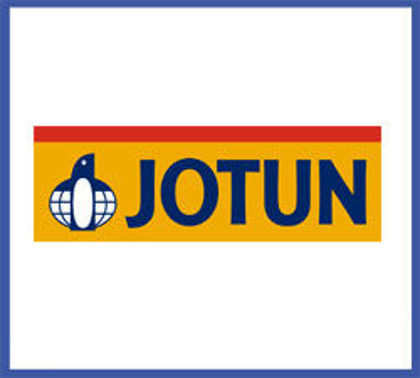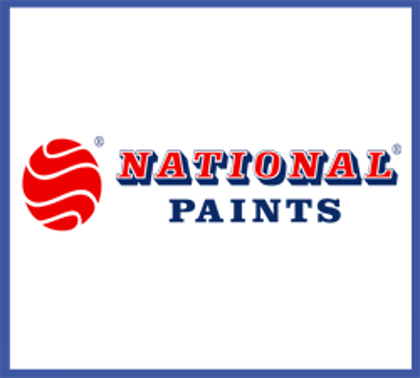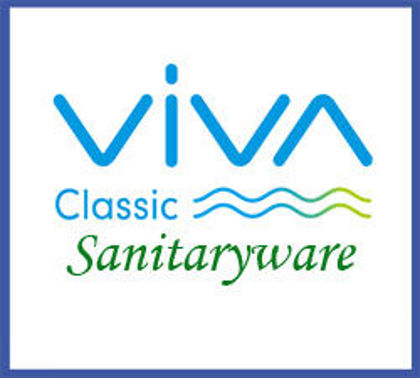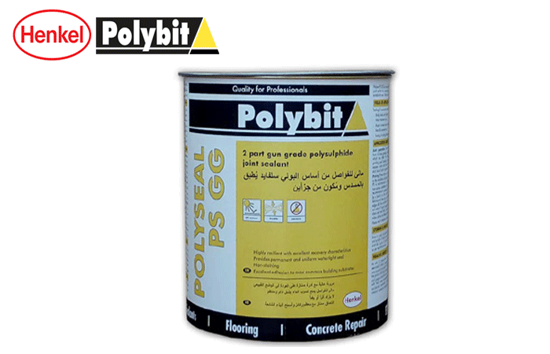POLYSEAL PS GG
CHARACTERISTICS
► Highly resilient with excellent recovery characteristics
► Provides permanent and uniform watertight seal
► Non-staining
► Excellent resistance to fatigue and stays flexible throughout its service life – won’t become brittle, caulk or crack due to ultra violet exposure
► Prevents uncontrolled cracking by allowing expansion and contraction during temperature changes
► Excellent adhesion to most common building substrates
► Good resistance to ageing. Retains joint soundness once cured
► Resistance against mild chemicals, hydrocarbon fuels, sea water
► Non-toxic once cured. Can be used in potable water reservoirs and swimming pools
DESCRIPTION : Polyseal PS GG is a non slumping two component, chemically curing polysulphide joint sealant. Polyseal PS GG is specifically designed to be used as a watertight seal for moderate movement and control joints. It is based on a liquid polysulphide polymer which when mixed with the hardener, cures to form a tough, flexible and non staining rubber like seal. Polyseal PS GG has excellent adhesion to concrete, stone, metals and other common building substrates. The cured sealant has good resistance to most environmental chemicals & resists deterioration on prolonged exposure to UV. Polyseal PS GG is suitable for use in both vertical and horizontal applications. The sealant has a movement accomodation factor (MAF) of ±25%.
Fields of application Sealing of movement and control joints in:
– bridge decks and highway pavements
– water treatment structures
– airport runways and apron pavements
– metal & concrete sea walls
– parapet walls
– basements & super structures
– sealing of roofing flashing penetrations & terminations.
APPLICATION INSTRUCTIONS
Joint preparation : The joint edges must be clean, dry and free from oil, loose particles, cement laitance and other contaminants which may affect the adhesion. A thorough wire brushing, grinding, sand blasting or solvent cleaning may be required to expose a clean and sound substrate. The compressible joint filler shall be cut back to expose a uniform joint depth.
Priming : Primer shall be applied to a clean and dry surface prior to the installation of backer rod or bond breaking tape. Polyprime PS* is recommended to be applied on porous substrates. For non-porous substrates such as steel or glass Polyprime NP* is recommended for optimum adhesion. The primer shall be applied by a brush in a thin coat application and shall be allowed to become tack free prior to the application of the sealant. The joint edges shall be re-primed if the sealant installation is not carried out within 3 hours of application of the primer. For obtaining a clean and neat finish, masking tape shall be applied on both the edges of the joint before applying the primer.
Back-up material : A bond breaking backing rod (Polyrod)* shall be inserted into all movement joints to avoid a three sided adhesion. Use of a backing rod will ensure proper joint depth and at the same time facilitating the formation of an hour glass profile on the applied sealant. The backer rod will also provide resistance to sealant tooling pressure and help to attain proper wetting of the substrate when the sealant is being tooled. The diameter of the backing rod shall be at least 20% larger but not greater than 33% of the joint width. This will ensure that the backer rod remains in compression and in place during sealant installation. For static and joints where the depth is not sufficient for the use of the backing rod, a bond breaking tape may be applied to prevent the three side adhesion. CAUTION: Do not damage or poke holes in the backer rod during or after installation, since this may cause air bubbles in the sealant and affect its performance.
MIXING & APPLICATION : Polyseal PS GG is available in a ready to mix container, with all the components packed in a single tin. The material shall be mixed thoroughly with a slow speed drill (300-400 rpm) fitted with a flat bladed paddle for 2-3 minutes till a uniform colour and consistency is achieved. DO NOT PART MIX. Since the base and the curing agent ratio controls the ultimate physical properties like adhesion, durability and strength, one complete kit has to be mixed at a time. The side and base of the container shall be periodically scrapped with a scrapper to ensure that the curing agent is properly dispersed and blended into the mix. Load the sealant immediately into the barrel gun by a heavy duty follower plate. Remove the cap and nozzle from the gun and ensure that the plunger is pushed all the way forward. The follower plate shall be placed on the flat surface on top of the pail. Place the barrel gun over the lip of the follower plate and depress the release plate and draw the material into the barrel by pulling back the plunger slowly. Fix the nozzle and start extruding into the joint firmly by maintaining an even pressure on the trigger of the gun. On vertical joints, sealant extrusion shall start from the bottom of the joint and continued to the top. For deep vertical joints, the sealant shall be filled in 2 to 3 applications in order to avoid air entrapment and sagging. Once the sealant has been installed a suitable rounded tool soaked in a soapy water solution can be used to achieve a smooth hour glass profile. Any masking tape applied should be removed immediately after the sealant is installed.
LIMITATIONS : Polyseal PS GG is not recommended for:
– joints greater than 30mm width
– overhead joints
– movement joints having MAF >25%
– damp and contaminated surfaces
– asphalt pavements
– over painting (paint compatibility with sealant shall be checked prior to painting)
JOINT DESIGNS : The width of the joint should be a minimum of 4 times the anticipated movement. Joints with cyclic movement should have a width to depth ratio of 2:1 for butt joints and 1:1 for floor, static and lap joints. The joint depth shall not exceed the width. The joint width and depth should be maintained as recommended:
Joint Width
► 6 mm (minimum)
► 30 mm (maximum)
Joint depth
► 6 mm
► 20mm for heavily trafficked floor joints and areas exposed to hydrostatic pressure.
MAINTENANCE : If the sealant is damaged but the bond is intact, cut out the damaged area and recaulk. If the bond has been affected, remove the sealant completely. Clean and prepare the joint in accordance with instructions under “Joint preparation” and recaulk.
CLEANING : Remove all excess sealant with a scraper. Any spillage can be cleaned using Polysolvent. Clean all tools and equipments using similar solvent immediately after the tooling. Hardened materials can be removed mechanically only.
STANDARDS : Polyseal PS GG complies with the requirements of: BS EN ISO 11600:2003 + A1:2011 (formerly BS 4254), BS 5212: part 1, BS 6920 test on suitability with potable water, ASTM C 920 [Type M, Grade NS, Class 25, USE T].
STORAGE & SHELF LIFE : Store in a cool, dry place and keep away from all sources of heat and sunlight. In tropical climates, store in air condition rooms. The shelf life is up to 12 months in unopened condition and if stored as per recommendations. Excessive exposure to sunlight, humidity and UV will result in the deterioration of the quality of the product and reduce its shelf life.
DISPOSAL : Mix separate product components in ratio and as supplied in suitable metal containers. Allow the mix to cure completely. Dispose as hazardous waste. It is recommended to use licensed waste disposal contractors and consult the local authority regarding the regulations.
HEALTH & SAFETY :As with all construction chemical products caution should be exercised. Contains manganese dioxide. Which is corrosive and may cause burns to skin if handled without proper protection. Refer the product msds for full details. Protective clothing such as gloves and goggles should be worn. Treat any splashes to the skin or eyes with fresh water immediately. Should any of the products be accidentally swallowed, do not induce vomiting, but call for medical assistance immediately.

